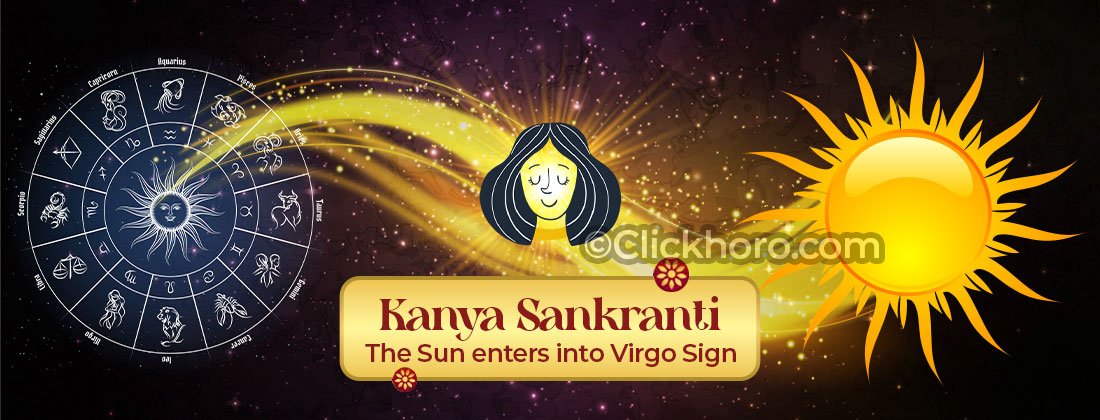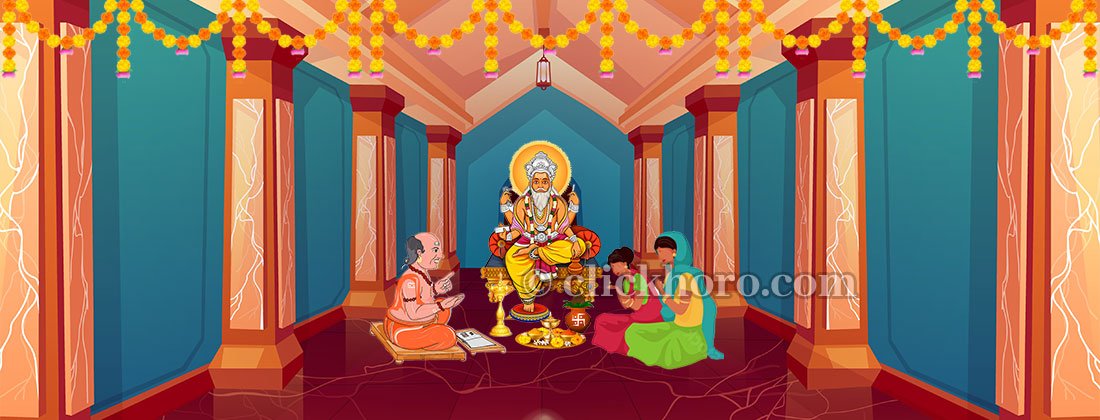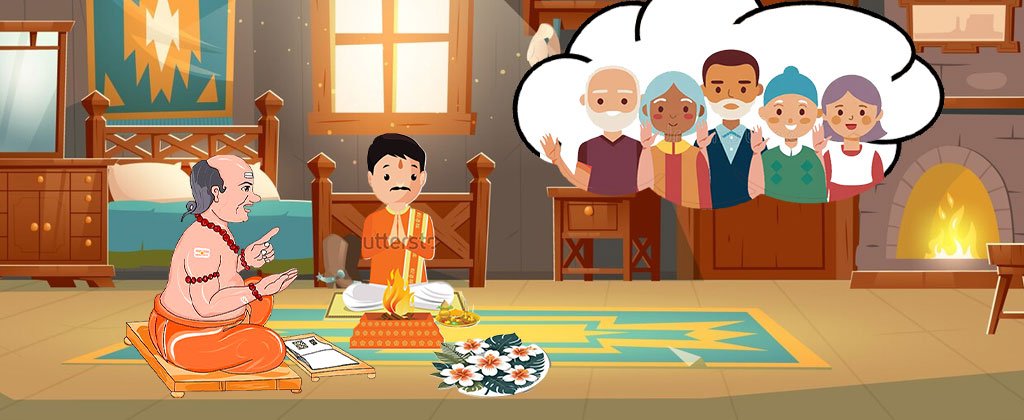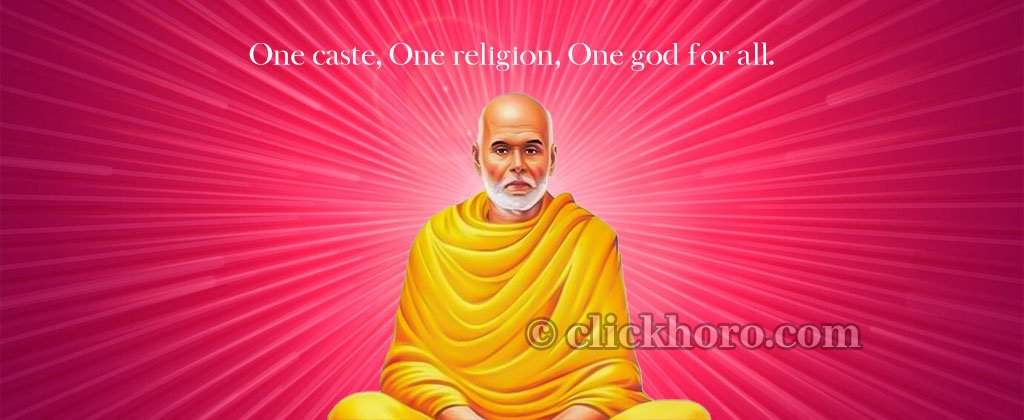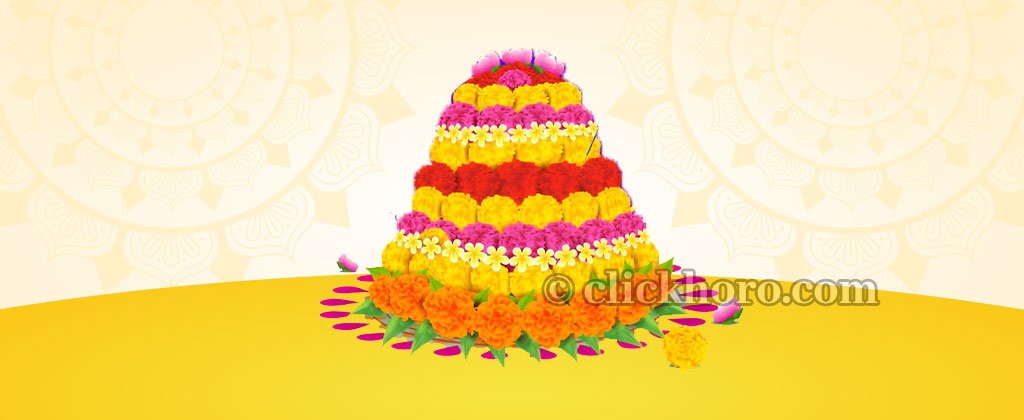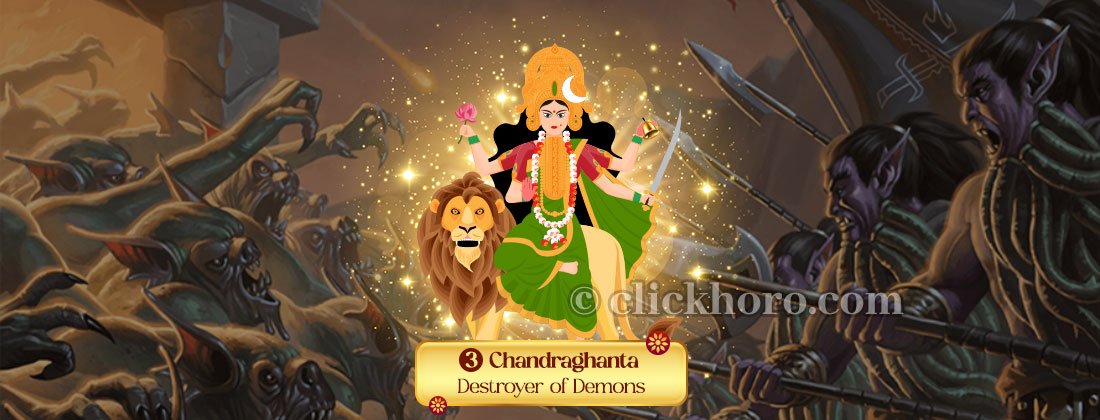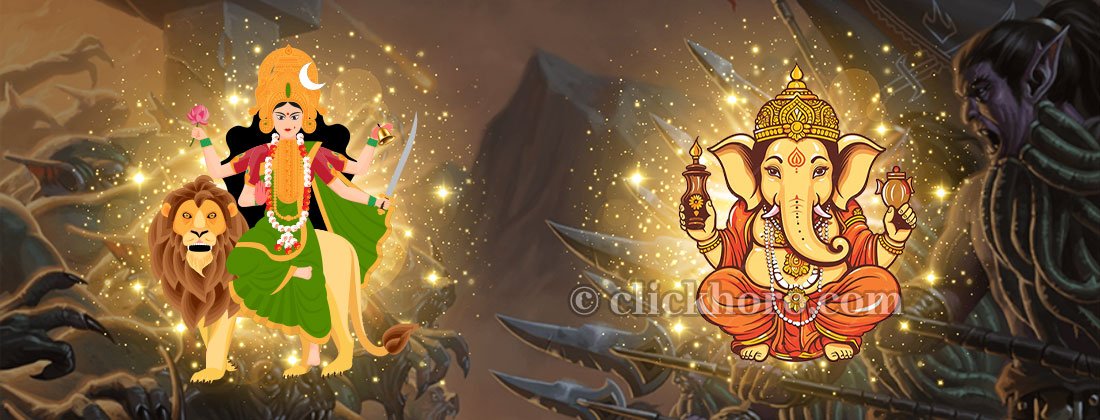Danda Pahanra, Bataosha
06 Dec, 2025
Saturday

Danda Pahanra, Bataosha on 06-12-2025
Tithi Begin Time:
Krishna Paksha Dwitiya: Dec 06 12:55 AM – Dec 06 09:25 PM
Tithi End Time:
Krishna Paksha Tritiya: Dec 06 09:25 PM – Dec 07 06:25 PM
Nakshatra, Muhurat (Start Time):
Mrugashrisha Nakshatra: Dec 05 11:46 AM – Dec 06 08:48 AM
Nakshatra, Muhurat (End Time):
Adra Nakshatra: Dec 06 08:48 AM – Dec 07 06:13 AM
About Danda Pahanra, Bataosha 2025
Introduction to Danda Pahanra & Bata Osha
Bata Osha and Danda Pahanra both are same. Baata Osha is celebrated in Odisha in the month of Pausha, especially between December and January. Some people call it Yama Osha. Lord Yama is the main deity in this festival.
To Whom Women Worshipped Bata Osha
It is celebrated on the second day of Krishna Paksha of Pausha month in the honour of Yama Dev. It is popularly celebrated in Odisha. This festival is about worshiping Yama Dev. In this puja, ritual fasting is done by mothers for her children only. Women wear new clothes and perform puja and worship Yama Dev at the junction of three or four roads. Women fast and pray for the well-being of husband and children. This puja is done only on the road, so it is called Baat Osha in Odia language.
Step by Step Danda Pahanra & Bata Osha Puja Vidhi
In this festival, a special plant is worshiped which is called 'Apamaranga plant'. This plant is very auspicious and some people worship this plant regularly in their house too. According to astrology, this plant belongs to the planet Venus. When Venus becomes weak, astrologers tell to worship this plant and also wear the root of this plant around the neck with a white thread, to get the positive effect of Shukra Deva.
And there is a plant named "Bajra Mooli", Jhadu is also made from the same plant. Women basically make Jhadu on the same dry plant, which is used by women during the worship of puja.
On the occasion of Danda Pahanra, Women gather in colonies or villages on the road and clear the place to perform Puja on the road. This Puja is performed at night i.e. around 7 pm to 9 pm.
In the evening, women prepare Prasad for Puja, prepare various types of Odia dishes for Prasad such as Chakuli Pitha, Manda Pitha, Kakra, Mix Veg Curry, Pulao, Khichdi etc.
After this they prepare incense, lamp, flowers, Prasad in the Puja plate and gather at the place of worship. At the beginning they plant “Apamarang” plant in the sand. Then offer clothes, incense, lamp, flowers, garland. After that they offer Naivedya. Then some women read “Bata Osha Purana” at the place of Bata Osha Puja. Other women listen to that, once the Purana is finished. Then the main tradition of this festival is performed.
In this Puja, there is a virtue that women take the names of their children and brooming on the road. That tradition is like this,
Woman: brooming while sweeping
Some ladies: nearby are asking, “Aunty… what are you doing?”
Woman replied: while sweeping, I am sweeping the road.
Some ladies: Again asked, for whom you are brooming?
Woman: for my elder son Sonu.
Second time ladies will ask, “Aunty… what are you doing?”
Woman replied while sweeping, I am sweeping for my son Monu.
Like this one-by-one women sweep in the name of their children.
Like this after all the ladies sweep, Banda-Pana is offered to the Goddess. Banda-Pana is basically offered with diya, ber leaves, durva, akshat etc.
After that prasad is distributed to everyone and then everyone returns to their respective homes.
Festival is a symbol of happiness. No matter what kind of festival it is, it brings happiness in our life. Today's generation is such that many youngsters may not even know about such festivals, and even if they know, they think that all these are the work of uneducated, illiterate people. That is why the people of the coming generation have gradually forgotten many such festivals. Which is a matter of concern for Sanatan Dharma.













